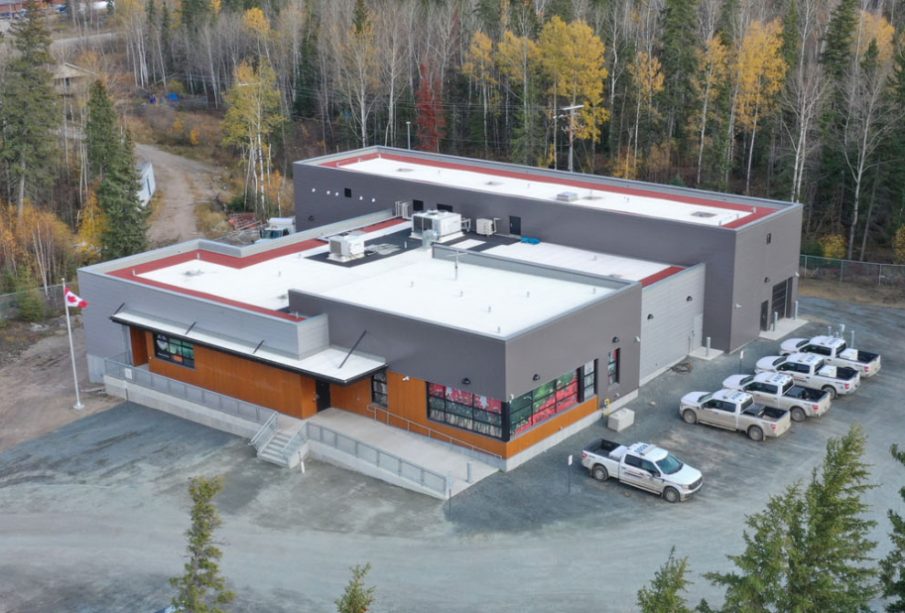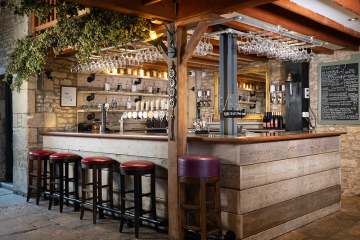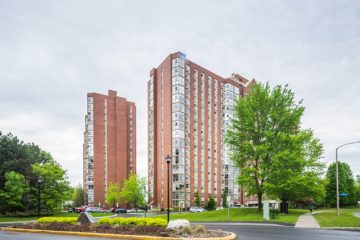Discovering Pelican Narrows: A Vibrant Saskatchewan Community

Introduction to Pelican Narrows
Pelican Narrows, located in northern Saskatchewan, is a small yet significant Indigenous community with a rich cultural heritage. As part of the Peter Ballantyne Cree Nation, Pelican Narrows has witnessed various developments in recent years, making it an important subject of interest for residents and outsiders alike. Understanding this community’s unique lifestyle, challenges, and achievements is crucial, especially as discussions around Indigenous knowledges and rights continue to evolve in Canada.
Community Development and Events
Pelican Narrows is home to an estimated population of around 800 residents, primarily from the Cree Nation. The community thrives around various events that celebrate its heritage. For instance, the annual Pow Wow held in July sees participants dressed in colorful regalia, showcasing traditional dances and music. In 2023, the Pow Wow attracted visitors from different regions, emphasizing the community’s commitment to cultural preservation and celebration.
Moreover, local initiatives aimed at education and economic development have gained momentum. The Pelican Narrows Community School plays a pivotal role in encouraging youth to engage with their culture while pursuing academic success. Recently, the school has partnered with organizations to enhance the curriculum with Indigenous languages and teachings.
Challenges Faced by Pelican Narrows
Despite its vibrant culture and strong community spirit, Pelican Narrows faces various challenges typical of many remote Indigenous communities. Issues such as limited access to healthcare, education, and employment plague residents. However, efforts are underway to tackle these obstacles. For instance, community leaders have been advocating for better healthcare facilities and improved infrastructure, recently securing funding for a new health center, which is expected to open in the next year.
The Importance of Engagement
Engagement between Pelican Narrows and external entities is crucial for fostering understanding and collaboration. In recent years, partnerships with universities and involvement in research projects related to Indigenous water rights and environmental conservation have presented opportunities for the community to voice its perspectives on sustainable practices.
Conclusion: The Future of Pelican Narrows
The future for Pelican Narrows appears promising, driven by community resilience and the ongoing commitment to cultural and economic revitalization. As discussions regarding Indigenous rights advance, Pelican Narrows stands as a testament to the strength and determination of its residents. For readers and outsiders, understanding communities like Pelican Narrows is essential in fostering respect for Indigenous cultures and ensuring their voices are heard in shaping the future of Canada.









